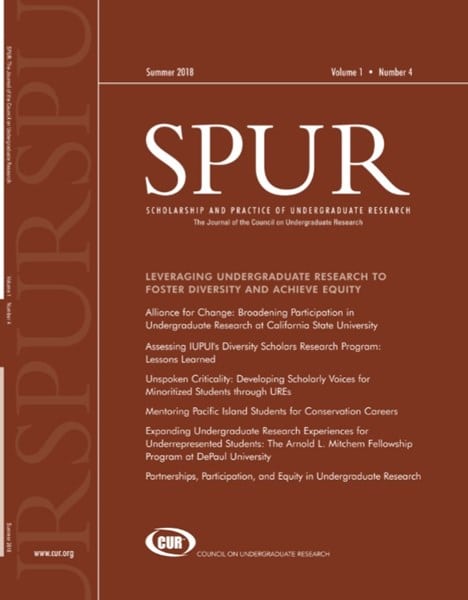SPUR (2018) 1 (4): https://doi.org/10.18833/spur/1/4/13
Northern Arizona University (NAU) has been operating a National Science Foundation–funded Research Experiences for Undergraduates program for 18 years. The program works with tribal and community college faculty to recruit students traditionally underrepresented in the sciences for a 10-week summer research experience at NAU. Since 2006, 77 percent of the 83 participants have been from ethnic or racial groups underrepresented in the sciences. A total of 53 students from two-year tribal or community colleges participated, and at least 30 students (57 percent) transferred to a four-year institution. Building authentic interactions with tribal colleges and collaborations in tribal college program development, faculty development, and research programs and finding ways to encourage students to enroll in graduate school are ongoing parts of the program.
More Articles in this Issue
No posts found


